Start here for the gear you need and advice from our experts


Ready to take on another day of practice or best the opponent on the pitch? You need the right soccer ball for your match or practice. Our resource center is here to help you find that perfect ball.
Soccer Balls
TYPES OF SOCCER BALLS
Are you playing soccer indoors or outdoors? The type of element that you’re going to compete in will decide which ball you will be kicking. Here’s a look at game, turf, futsal and beach soccer balls.

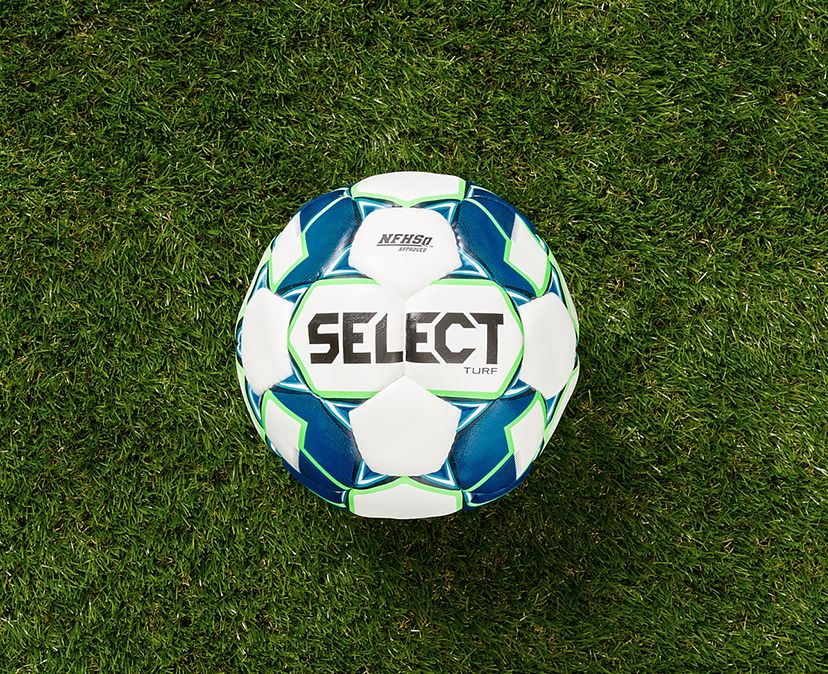
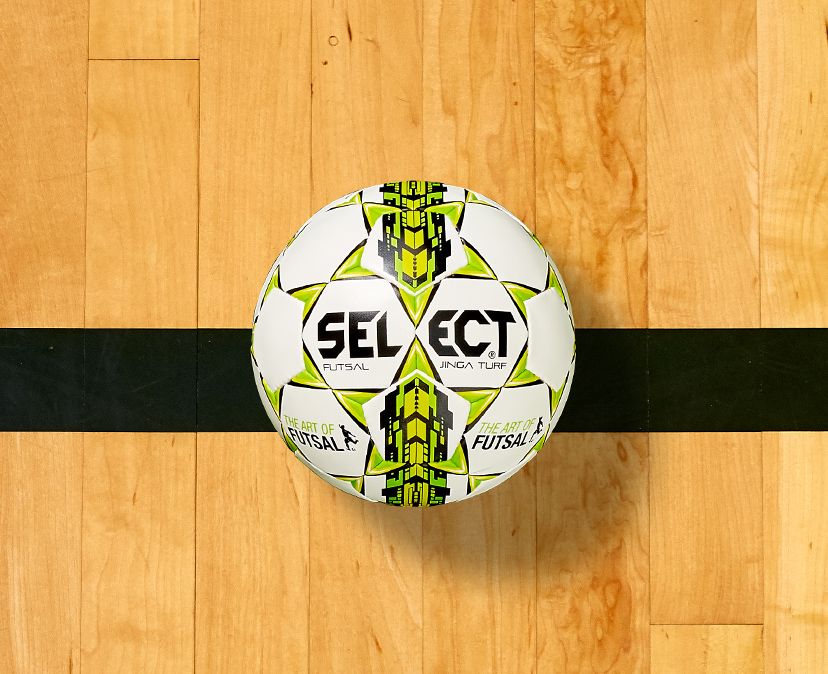
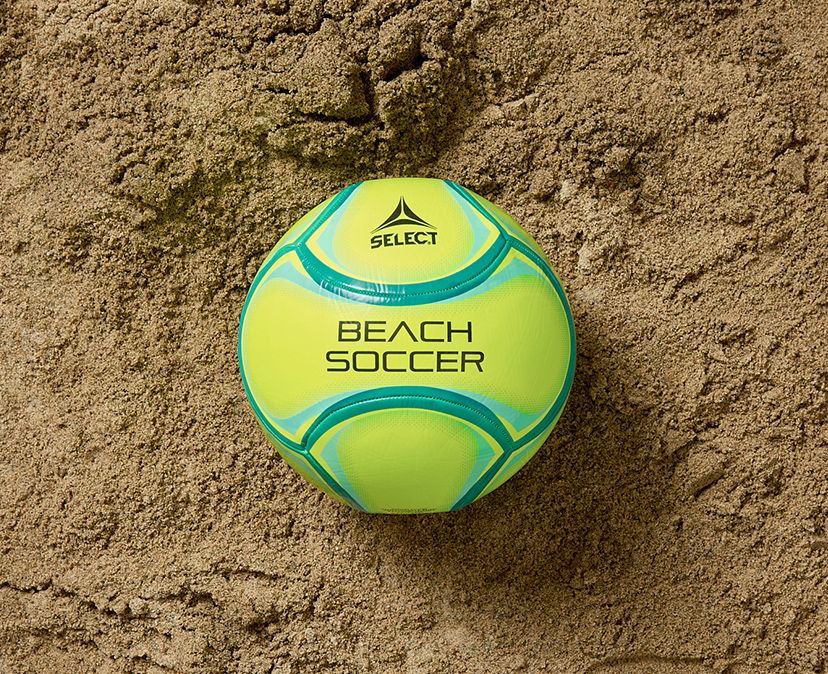
SIZES OF SOCCER BALLS
Soccer balls come in four different sizes. Size 1 is the smallest and the largest size is 5. However, there is no size 2. Each ball is specifically made for players of certain age groups, skill levels or the type of league.
 Size 5 Soccer Ball
Size 5 Soccer Ball
A “FIFA approved” ball, Size 5 is used by adult players. This is the ball professional soccer players use in tournaments and league play. It’s mainly used by players 12-years-old and up. The circumference measures at 27’’ to 28’’ centimeters.
Size 4 Soccer BallEntering middle school-level soccer, Size 4 is strongly recommended for players that are in the 8-12-year age range. They measure slightly smaller, with a circumference of 25’’ to 26’’ centimeters. This is a skill-specific ball.
Size 3 Soccer BallAnother ball designed to help out younger players with fundamentals and skill, the Size 3 ball is mainly used by players under the age of 8. The circumference is measured at 23’’ to 24’’ centimeters.
Size 1 Soccer BallThese “mini” soccer balls can be used for simple juggling drills, but these are mainly used as collector items. The circumference is measured at 18’’ to 20’’ centimeters.


Soccer Ball Size Breakdown
Goal Keeper Gloves
Construction

Goalkeeper gloves are different than gloves in other sports. There’s more padding and they’re meant for wear and tear play. Gloves sustain all types of contact the ball, the post and the ground. Goalkeepers use their gloves to grab the ball or punch the ball away. Before you take your spot in between the posts, learn what to look for in the perfect pair of gloves.

BACKHAND

FINGERS

PALM

CLOSURE
Measuring Your Hands
Grab a tape measure and place the starting point in the middle of your palm. Do not wrap the measuring tape around your fingers, just your palm. Wrap the measuring tape past the starting point and then stop at the edge of your hand. When you get your final number, add the number one to find your size.


Cuts & Fits
Gloves have different types of cuts and fits, including flat, rolled/gunn, negative and hybrid. Learn about these four types of fits before snagging your new gloves.
 FLAT
keyboard_arrow_down
FLAT
keyboard_arrow_down
The most popular web type for infielders, with leather strips laced together to form a web in the shape of the letter "I." This open webbing usually has a more shallow pocket that promotes a quick ball-to-hand transfer, the preferred web style by players to snag and retrieve balls as quickly as possible.Looking for a traditional cut? Flat is the right style for you. There is one piece of foam on the palm, while the feel is looser than the others, giving you more room.
 Rolled/Gunn
keyboard_arrow_down
Rolled/Gunn
keyboard_arrow_down
Hence the name, the sides are “rolled.” The stitching is on the back of the fingers, not on the sides. The stitching placement helps keep the glove tight.
 Negative
keyboard_arrow_down
Negative
keyboard_arrow_down
Another glove with different stitching, negative gloves find the stitching inside the fingers. This glove is likely the most comfortable of them all. If you have thin hands, this is the perfect glove for you.


How to Choose Soccer Goalkeeper Gloves
Shin Guards
TYPES OF SHIN GUARDS
There are three main types of shin guards, including slip in, ankle and sock shin guards. Learn about these different styles and types before heading to try on a pair.

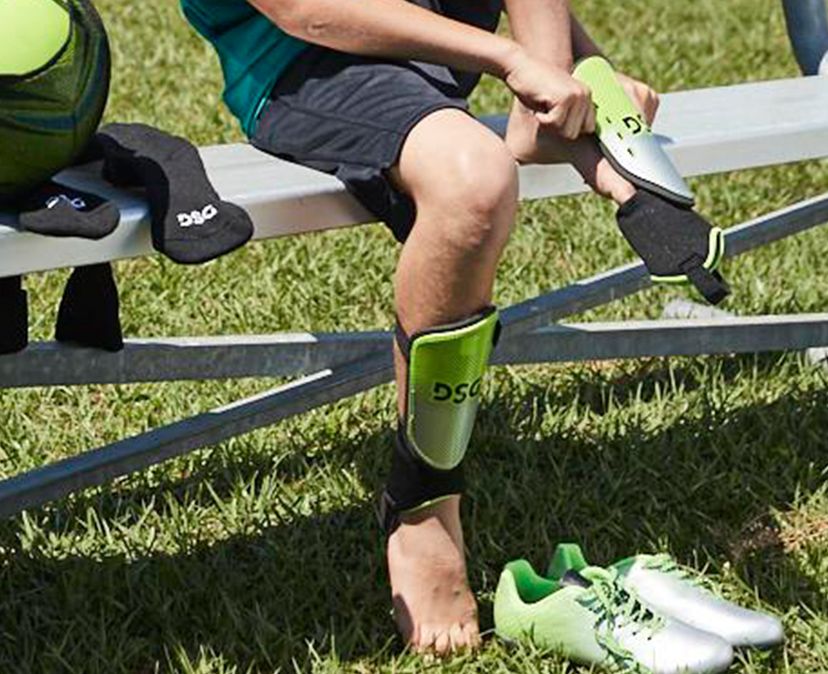
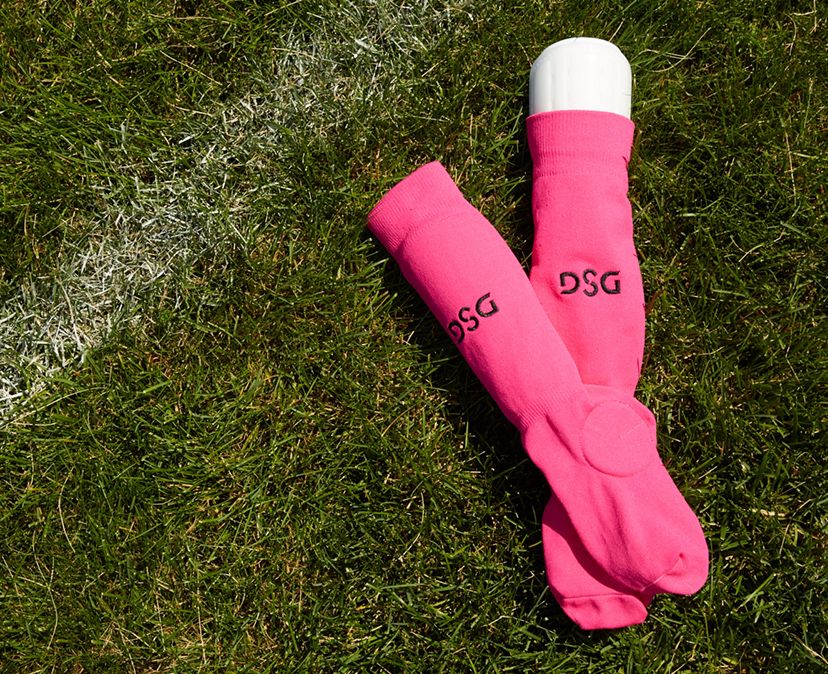
Measuring & Sizing
This is all dependent on the athlete’s height. Make sure your shin guard fits nice and snug with an accurate height measurement. The shin guard should cover most of the area between your knee and ankle. Different manufactures have various sizes, so be sure to consult the packaging to see size specifics.

Accessories
Pair your shin guards with the perfect accessories before the next big game.

Shin Guard Sleeves
Shin guard sleeves are mainly an accessory used for slip-in shin guards. To help add extra stability, shin guard sleeves go over the slip-in to help keep it balanced and firm. Avoid losing your shin guard during the next match!

Shin Guard Tape
Tape is used to help keep your shin guard in place. During matches, your shin guard can get loose due to the amount of sweat generating off your shins and legs. Usually, tape is secured over the sock at the top and bottom.

Shin Guard Stays
Shin guard stays also help keep your product stable and solid. Simply wrap this around your leg in a hook-and-loop fastening. This can help you keep your shin guard in place throughout the match.

Ankle Guards
If you decide to purchase a slip-in shin guards or sock shin guards, consider adding some extra protection for your ankles. Ankle guards come in the shape of the stirrup, with padding on the side. There is that strap underneath that helps to holster your foot in place.


How to Choose Soccer Shin Guards